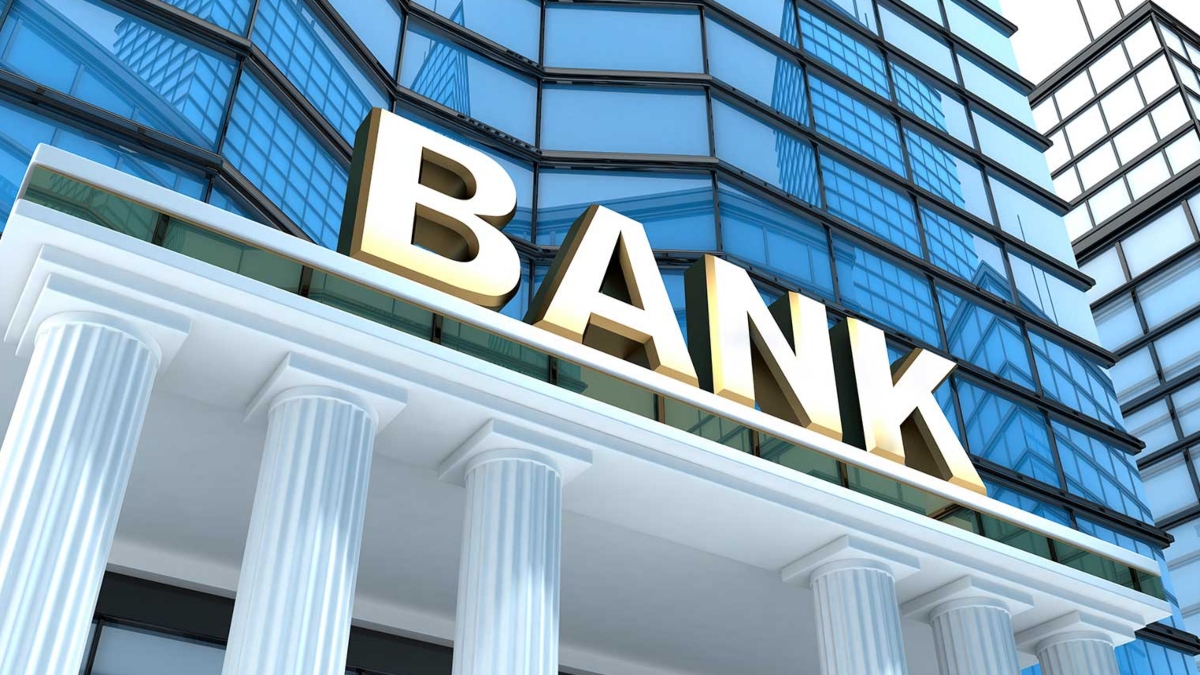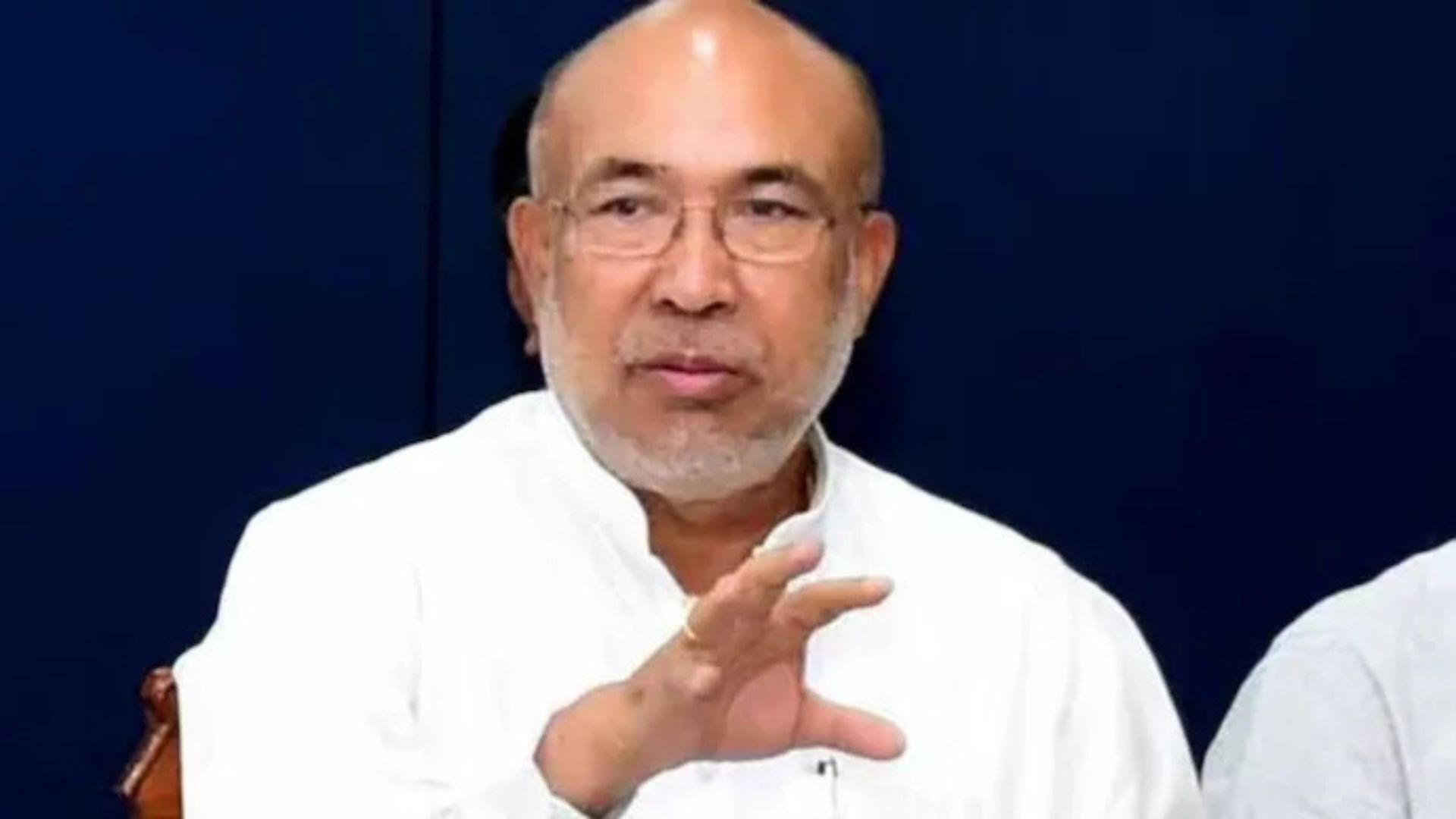
It was a great relief to know that the Gross Non Performing Assets (GNPAs) of the commercial banks had declined to 5.97 percent of their gross advances. It may, however, be a too early to rejoice as the 24th issue of the Financial Stability Report (FSR) of the Reserve Bank of India (RBI) fears that the gross NPAs might rise again to reach 9.5 percent by September 2022.
GNPAs of the Scheduled Commercial Banks (SCBs) became a cause of major concerns when it had risen to 4.9 percent of their gross advances triggering a series of measure which brought them down to 2.3 percent by the end of 2008-09.
In absolute terms, the GNPAs had declined from Rs. 57,396 Crores in 2004-05 to Rs 56,606 Cores in 2007-08. By 2013-14, they had, however, risen to Rs 192,768.80 Cores but were still contained at 3.8 per cent of the total advances.
Since then the GNPAs grew by leaps and bound and reached a disastrous level of Rs 1,035,293.84 Crores or 11.5 per cent of the total advances in 2017-18. In a reversal of the trend, the GNPAs of the SCBs descending in absolute terms to Rs 829,080.76 Crores by the end of 2020-21.
At 7.6 per cent of the gross advances, they were still way too high for the health of the banking sector. It was a reprieve, when declined further to 6.9 per cent by September 2021. The apprehension that the NPAs might rise again does not augur well.
Public Sector Banks (PSBs) have an overwhelming share in the loans and advances of the SCBs. It is no surprise that they have an elephantine share in the GNPAs as well, though they are slowly losing their significance. They accounted for 81.5 per cent of the GNPAs of the SCBs in 2004-05, which was brought down to 65.80 per cent by 2008-09. Their share in GNPAs have, however, once again risen to 73.60 per cent in 2020-21.
In comparison, the private and foreign banks account for 23.89 and 1.80 per cent of the GNPAs of the commercial banks in 2020-21. Containing the GNPAs of the PSBs appear all the more critical for the health of the financial sector.
Persistent rise in NPAs Non Performing Assets (NPAs) have been denting the credibility of banks and shaking the confidence of the deposit holders in their banks since then.
It is apprehended that increasing NPAs may deter people from depositing their savings in bank and prompt them to withdraw their deposits, which may in turn cause credit contraction leading to decline in efficiency, liquidity and profitability of the commercial banks. It is, therefore, no surprise that the governments and financial sector regulators have been under immense pressure to come up with appropriate measures to tackle the menace of the rising NPAs of SCBs, particularly the PSBs. Consequently, one sees several initiatives taken over time.
The Debt Recovery Tribunals (DRTs) and the Debt Recovery Appellate Tribunals (DRATs) established under the Debt Recovery and Bankruptcy Act 1993 focussed on expeditious adjudication and recovery of debts of banks and other financial institutions.
Its jurisdiction has since been broadened by enhancing the pecuniary limit per account from Rs 10 Lakh to Rs 20 lakh in 2018. After a promising start, their recovery rates have, however, declined from 30.9 per cent in 2003-04 to 3.6 per cent by 2020-21.
Lok Adalats have been ensuring a civil settlement between banks and borrowers involving smaller loans. Here also the story remains the same, after an optimistic start with a recovery rate of 13.5 per cent in 2003-04, which peaked at 20 per cent in 2005-06, their recovery rates have been on continuous decline reaching 4 per cent in 2020-21.
The Corporate Debt Restructuring (CDR) scheme of RBI has been in place since 2001, as a voluntary system based on debtor-creditor agreement (DCA) for resolution of consortium and/or syndicated loans of Rs.20 crores and above.
The One Time Settlement (OTS) has been put in place for the mutual settlements of dues. Besides, the Securitisation and Reconstruction of Financial Assets and Enforcement of Security Interest (SARFAESI) enacted in 2002, has empowered banks with “seize and desist” rights.
Asset Reconstruction Companies (ARCs) were formed under the above Act to take off the bad assets from bank balance sheets. Their recovery rates have been quite handsome at 41 per cent in 2020-21.
The Insolvency and Bankruptcy Code (IBC) was brought in 2016 by consolidating all existing laws to provide for a single code to deal with the insolvency cases in a comprehensive, integrated and effective manner. Since its inception, it has ensured a high recovery rate with 49.6 per cent in 2017-18 to 46.3 per cent in 2019-20. However, in 2020-21 it recorded a sharp decline reaching 20 per cent.
Taken as a whole, the overall recovery rate of various mechanisms had reached its peak at 50 per cent in 2007-08. Since then, it slid to 10 per cent as of 2015-16, to recover marginally to 22 per cent as in 2019-20.
This improvement in the overall recovery rates in recent years has largely been driven by the IBC. It should be worrisome that in 2020-21 the recovery rate sharply declined to 14.1 per cent due to the poor performance of the IBC. The overall the recovery rates in India are still lower than the global average and those of several emerging economies.
The much talked about Bad Bank, the National Assets Reconstruction Corporation Limited (NARCL) expected to take over the big-ticket default amounting to Rs.500 crores per account, is yet to become operational. It is hoped that the first tranche of bad debt would be taken over by it by the end of the next month.
Consumer confidence in commercial banks and a trust in the ability of the government and the central bank of the country are critical for efficient and sustained financial intermediation. But for these the savings would be slow to be channeled into investments and consequent economic development.
NPAs are essentially caused by bad lending, hasty credit decisions, poor credit appraisal, compromised due diligence, loose regulation, and wilful default by the borrowers. They bleed banks of their liquidity, lending ability and consequential profitability.
Vulnerabilities of banks increase manifold during the time when economies are in slow down either due to pandemics or policies. Businesses go bust under extreme stress. Rising NPAs cripple the financial system. Coupled with falling investment and rising unemployment certainly does not augur well.
A robust valuation process, efficient asset servicing, sophisticated credit appraisal and an effective monitoring mechanism must all work in tandem to arrest the menace of NPAs in the country. Most critically, the banks must not be externally interfered at all in order to take their lending decision with due diligence alone.
The menace of the rising NPAs of the commercial banks must be tackled at source. The bad bank must be seen as a last resort. The report that one of the first bad assets taken over by it was at a massive haircut of over 90 percent. Leaving the NPAs to the bad bank would be a disaster.
Furqan Qamar is a Professor at the Faculty of Management Studies, Jamia Millia Islamia. He is a former Advisor (Education) in the Planning Commission of India.
S. M. Minhaj Ud Din is a research scholar in the Department of Management Studies of the Faculty of management Studies, Jamia Millia Islamia.















